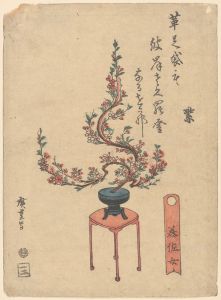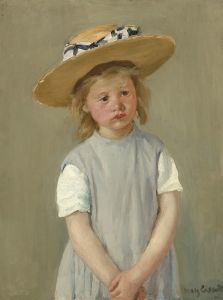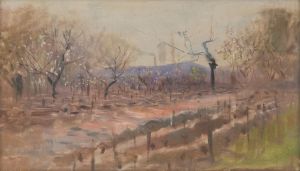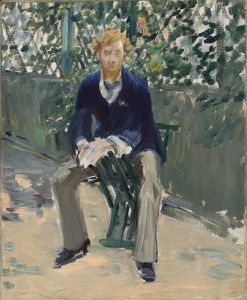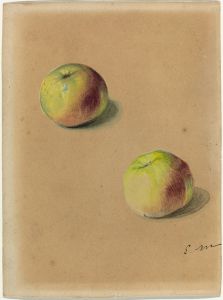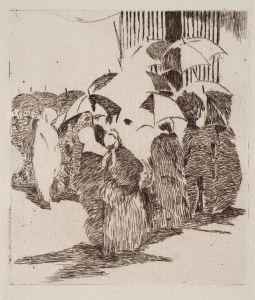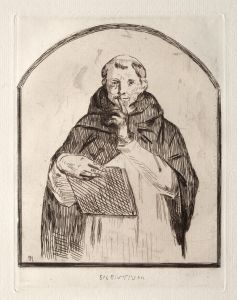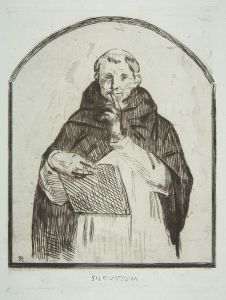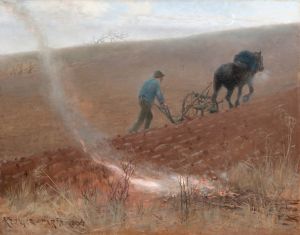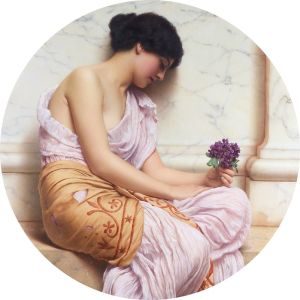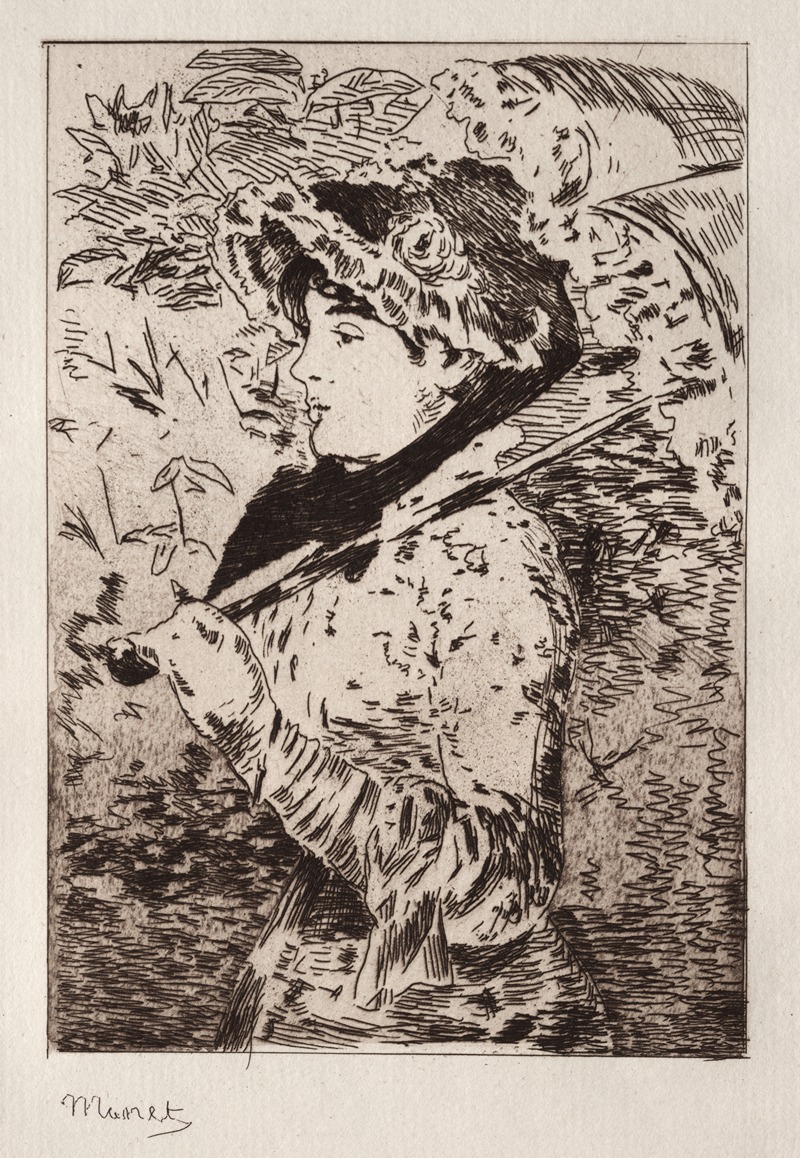
Jeanne; Spring
A hand-painted replica of Édouard Manet’s masterpiece Jeanne; Spring, meticulously crafted by professional artists to capture the true essence of the original. Each piece is created with museum-quality canvas and rare mineral pigments, carefully painted by experienced artists with delicate brushstrokes and rich, layered colors to perfectly recreate the texture of the original artwork. Unlike machine-printed reproductions, this hand-painted version brings the painting to life, infused with the artist’s emotions and skill in every stroke. Whether for personal collection or home decoration, it instantly elevates the artistic atmosphere of any space.
Édouard Manet's painting "Jeanne (Spring)" is a celebrated work of art created in 1881. This painting is part of a series that Manet intended to represent the four seasons, although only two were completed before his death. "Jeanne (Spring)" is notable for its depiction of a young woman named Jeanne Demarsy, who was a popular model and actress in Paris during the late 19th century. The painting is recognized for its vibrant portrayal of springtime and is considered one of Manet's masterpieces.
In "Jeanne (Spring)," Manet captures the essence of spring through the use of bright colors and a lively composition. The painting features Jeanne Demarsy dressed in a fashionable, floral-patterned dress, adorned with a bonnet decorated with flowers. She is set against a lush, green background that suggests the renewal and freshness associated with spring. The choice of colors and the lightness of the scene reflect Manet's skill in capturing the fleeting beauty of the season.
Manet's technique in "Jeanne (Spring)" demonstrates his transition from the Realist style of his earlier works to a more Impressionistic approach. The brushwork is loose and fluid, allowing the colors to blend softly, which enhances the sense of movement and life in the painting. This technique was innovative at the time and contributed to Manet's reputation as a pioneer of modern art.
The painting was first exhibited at the Paris Salon of 1882, where it received considerable attention. Critics praised the work for its freshness and vitality, and it was seen as a testament to Manet's ability to capture contemporary life with elegance and charm. "Jeanne (Spring)" was well-received by the public and has since become one of Manet's most beloved works.
"Jeanne (Spring)" is housed in the J. Paul Getty Museum in Los Angeles, California. It remains an important piece in the museum's collection and is frequently studied for its artistic and historical significance. The painting is often analyzed in the context of Manet's broader body of work and his influence on the development of modern art.
Édouard Manet, born in 1832 in Paris, was a pivotal figure in the transition from Realism to Impressionism. His works often depicted scenes of modern life, and he was known for his innovative use of color and composition. Despite facing criticism during his lifetime, Manet's contributions to art were eventually recognized, and he is now considered one of the most important artists of the 19th century.
In summary, "Jeanne (Spring)" by Édouard Manet is a masterful representation of spring, showcasing the artist's skill in capturing the vibrancy and beauty of the season. Through its innovative technique and charming subject matter, the painting continues to be celebrated as a significant work in the history of art.





